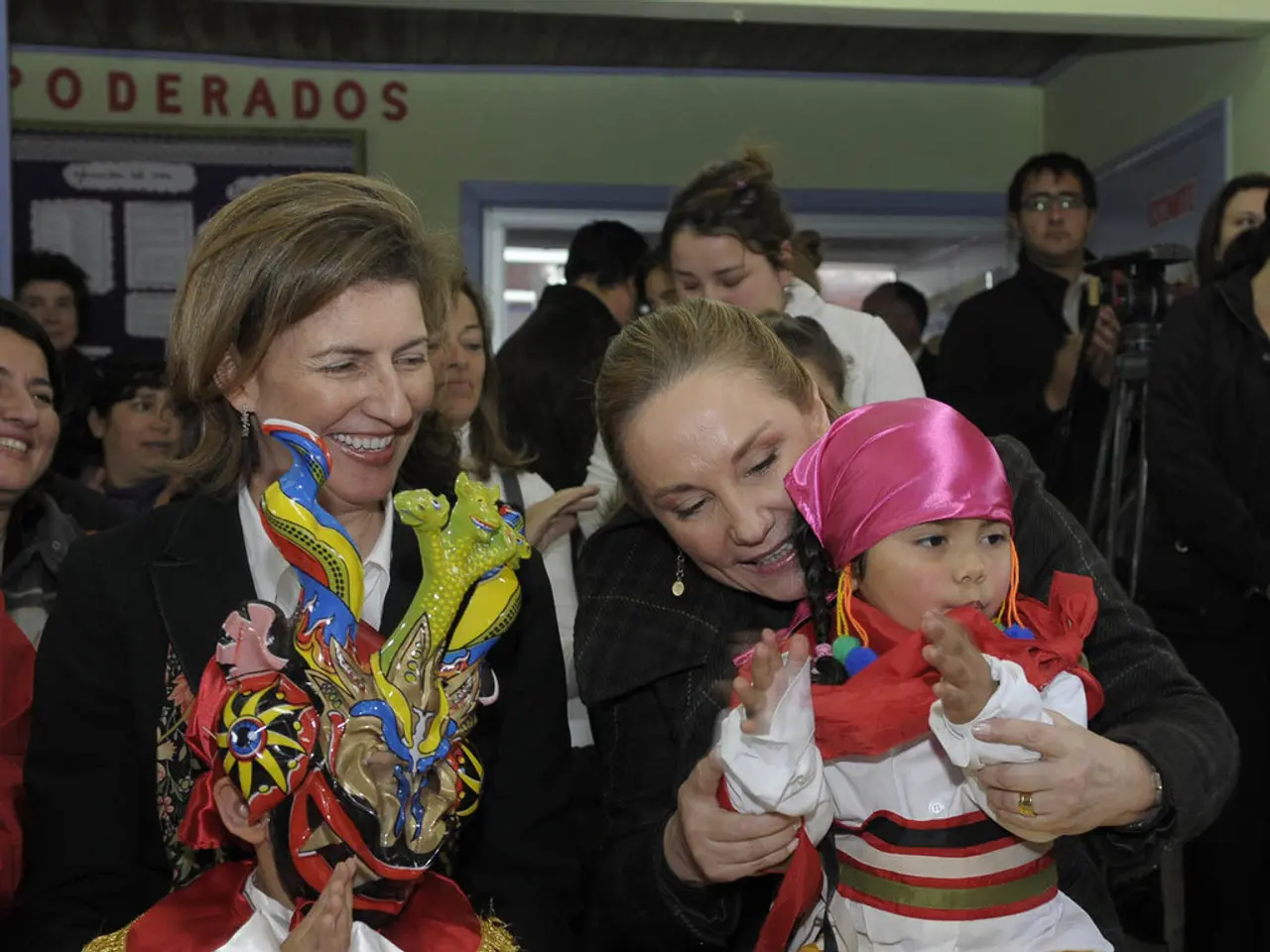Faces of Ancient Colombian Mummies Revealed in Groundbreaking Reconstruction
Archaeologists have digitally unmasked and reconstructed the faces of ancient mummies from the Eastern Cordillera of the Colombian Andes. The mummies, dating back to between 1216 and 1797, were part of pre-Hispanic populations in the region.
The team, led by María Paula Villamarín and Carlos Lejimba, used CT scans to digitally remove layers of resin, clay, wax, and maize that formed stylized masks covering the faces of the mummies. These masks were a common cultural practice in pre-Columbian South America.
The team then used specialized software and a haptic touch stylus pen to add muscles, soft tissue, and fat onto the digitally unmasked skulls. They gave the individuals typical skin, eye, and hair color of the region and a neutral facial expression. For the two young adult male skulls, they used average facial tissue depth data from modern-day adult male Colombians.
The final reconstructions show what the individuals could have looked like, rather than providing accurate portraits. The team added facial 'texture' such as wrinkles, eyelashes, freckles, and pores to give the reconstructions a more lifelike appearance. The mummies include a 6- to 7-year-old child and a female in her 60s, offering a glimpse into the diversity of the ancient Andean population.
The digital unmasking and reconstruction of these ancient mummies provide valuable insights into the appearance and culture of pre-Hispanic populations in the Colombian Andes. While not perfect portraits, these reconstructions offer a unique opportunity to connect with the past and understand the diversity of human appearance throughout history.
Read also:
- Emerging Fashions in Marijuana Storage: TVLPK's Attractive Gear for Cannabis Carrying
- The Distinction Between Sexual Identity and Gender Identity
- Symptoms, Prevention Strategies, and Management Methods for Measles
- Climate Change Impact Mitigation in Health: Reducing the Disparity of the Health Sector's Exposure to Climate Change Challenges





